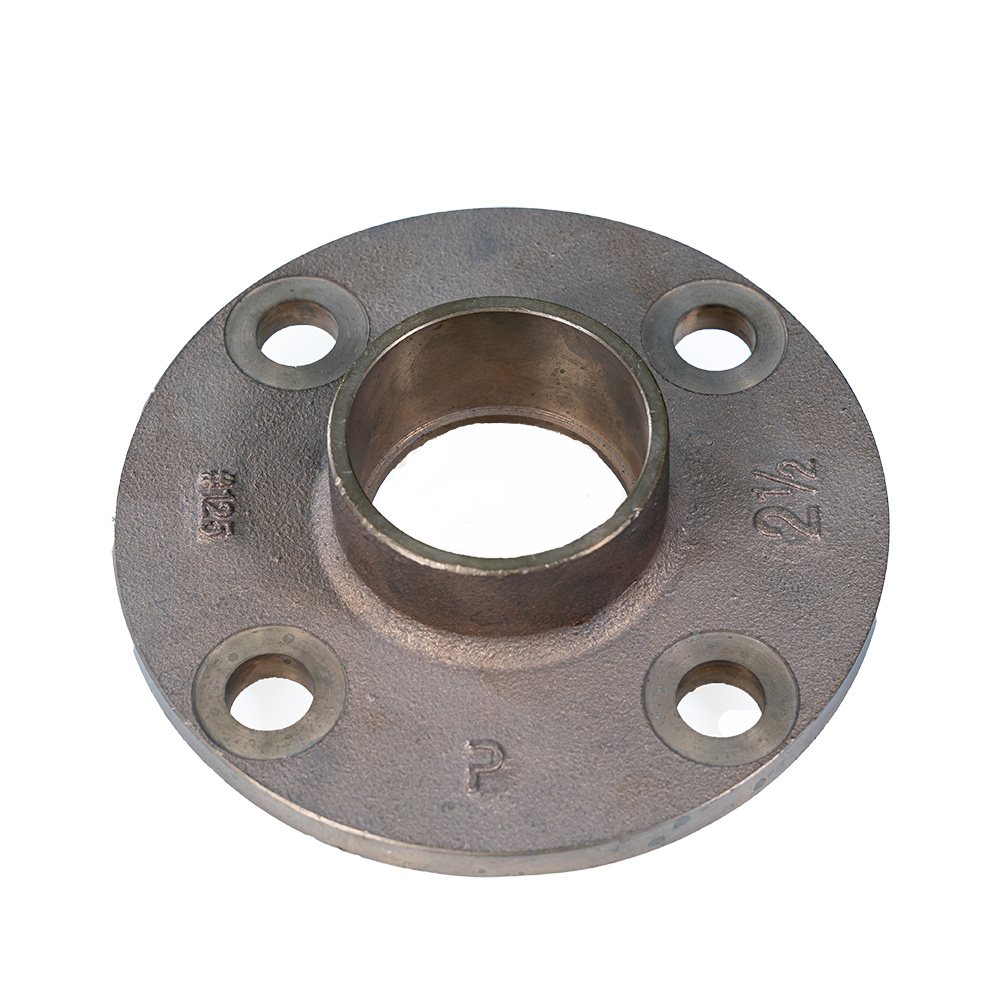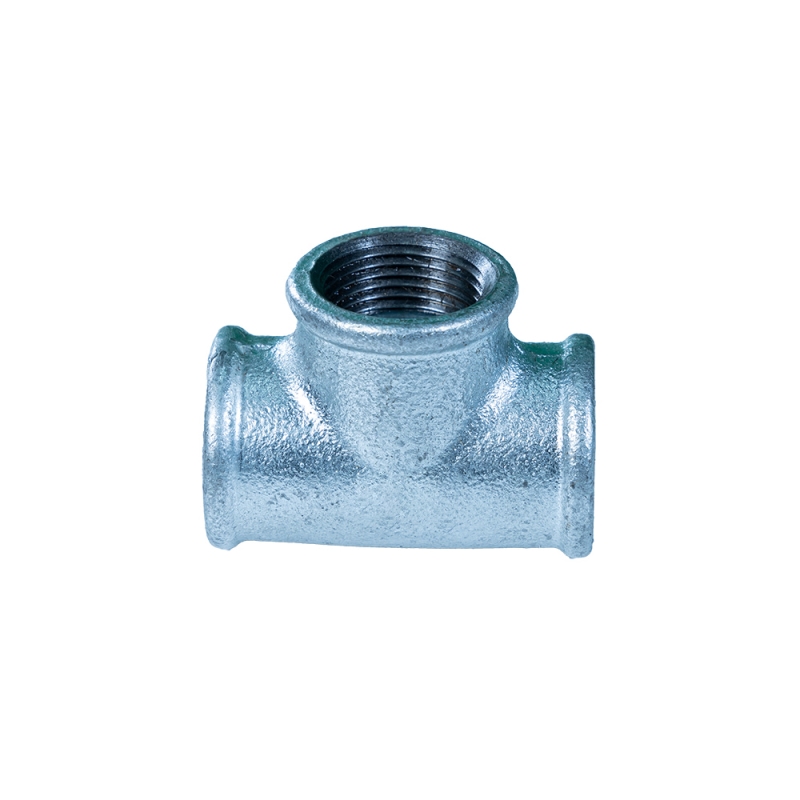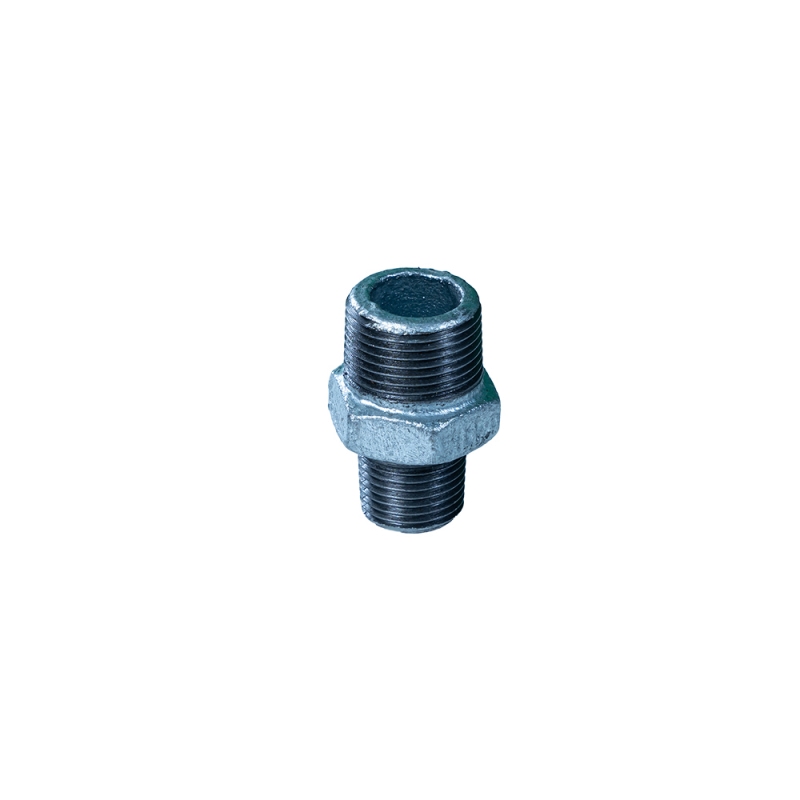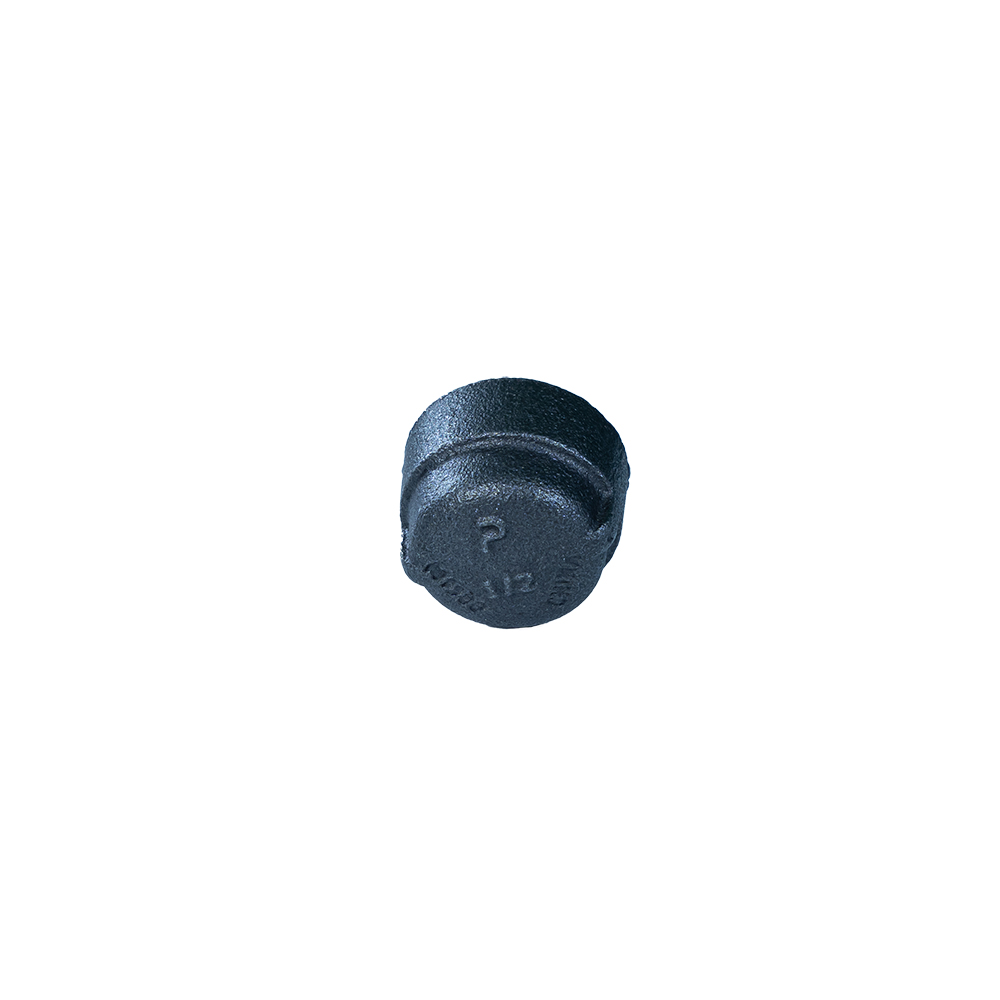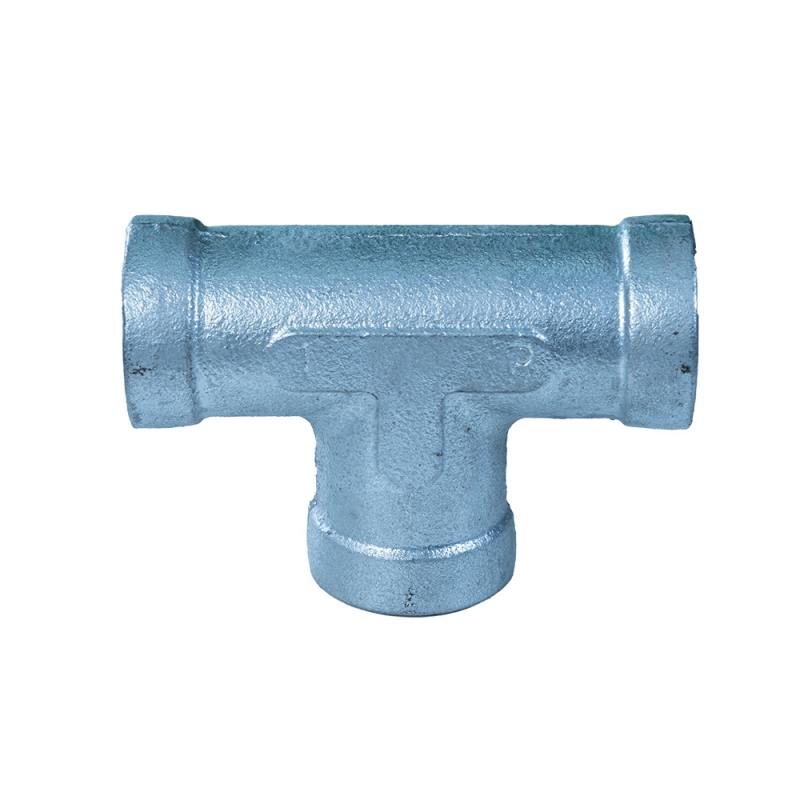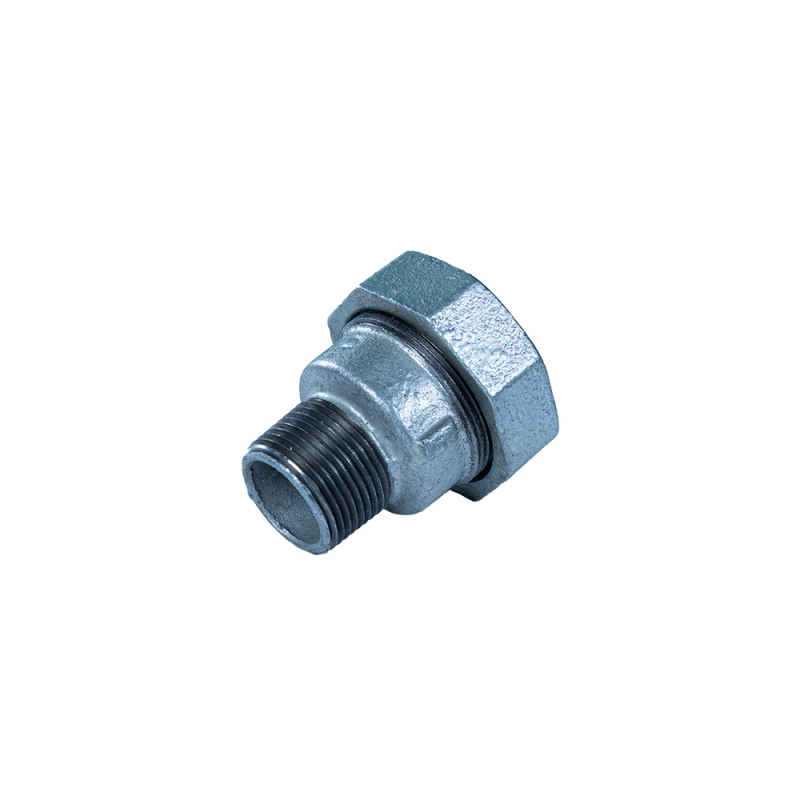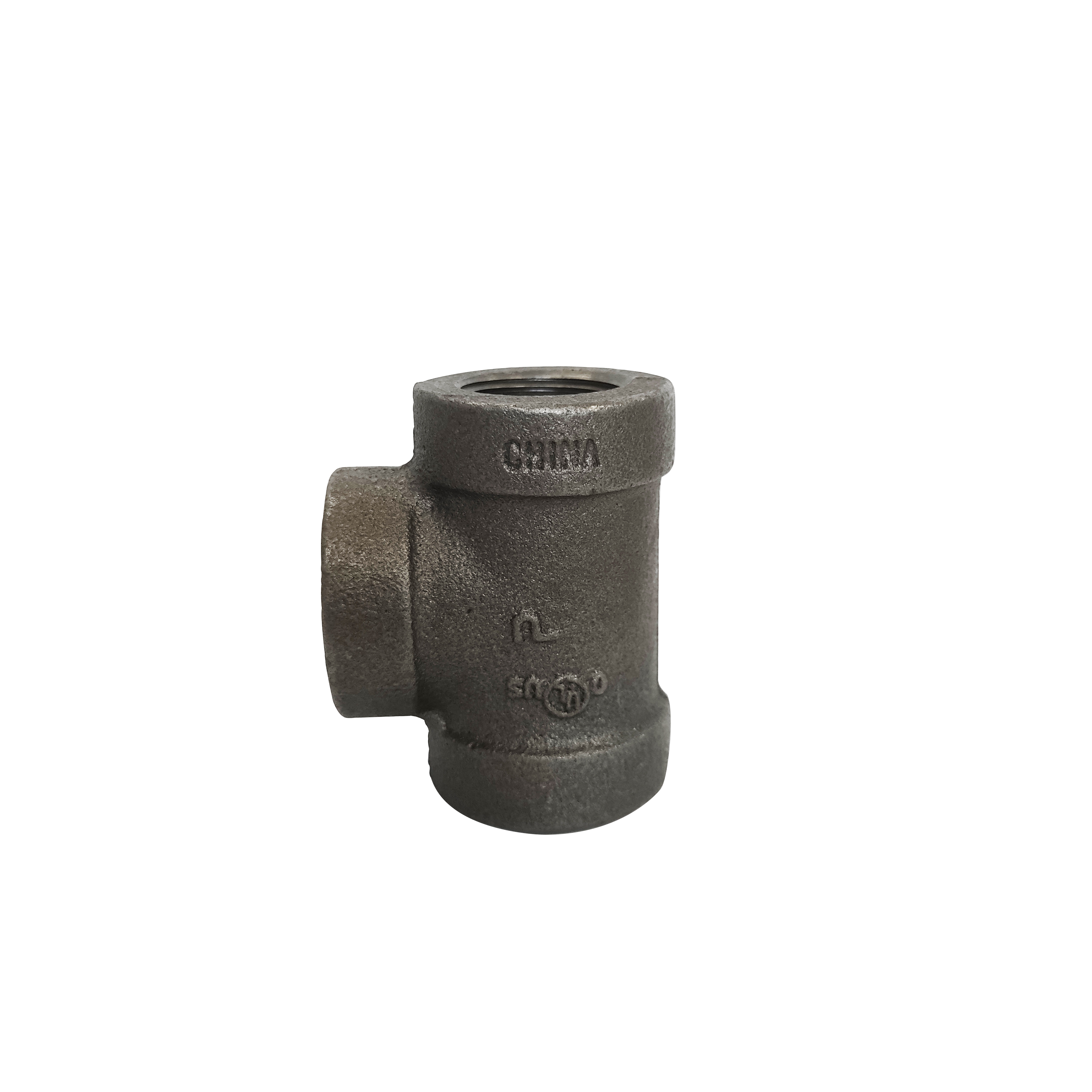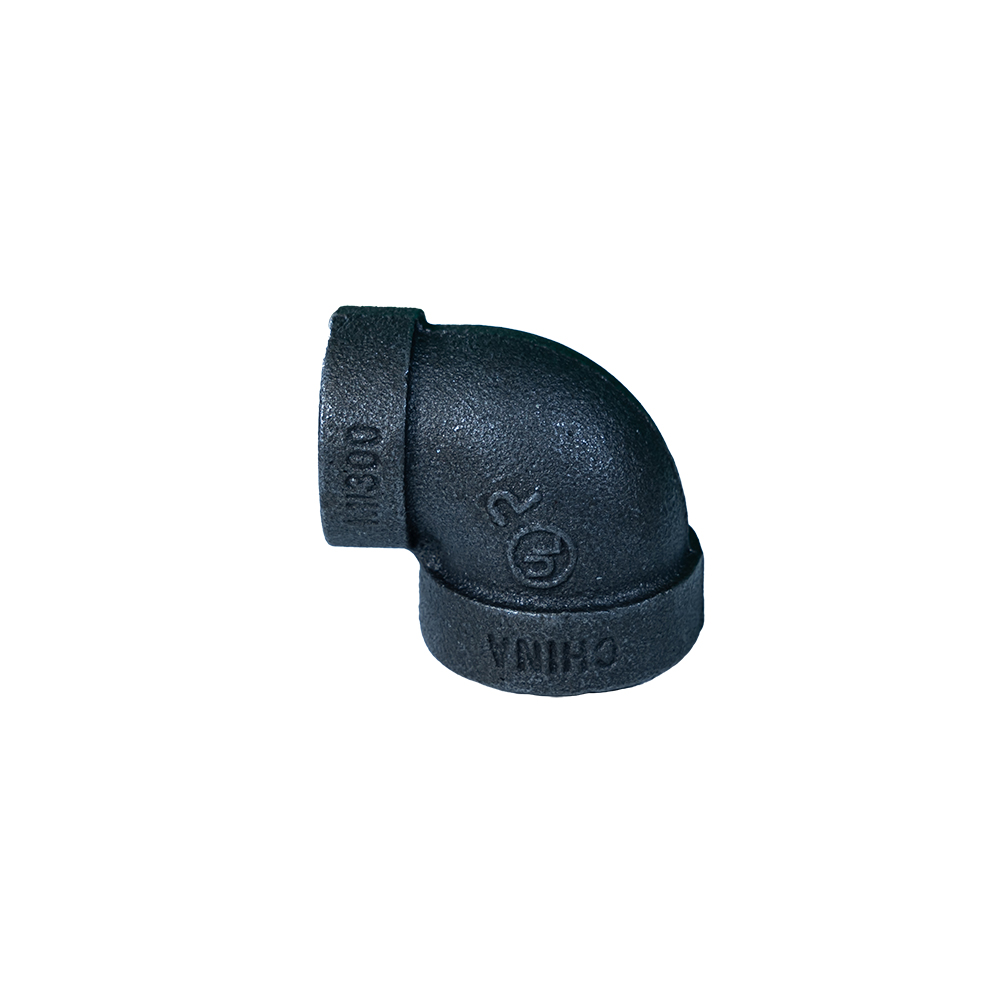The Indispensable Role of Hexagon Reducing Bushes in Industrial Piping
In the intricate world of industrial piping and fluid transfer systems, precision and reliability are paramount. Among the myriad of pipe fittings, the hexagon reducing bush stands out as a critical component. This specialized fitting is engineered to connect pipes or fittings of different sizes, facilitating a seamless reduction in bore diameter within a system. Its hexagonal body allows for easy installation and tightening with a standard wrench, making it a staple in various high-demand applications. Understanding its design, manufacturing, and application is essential for optimizing system performance and longevity.
Related components like the hexagon reducing nipple E hexagonal bushing also play vital roles, each serving specific connection requirements. While a nipple connects two female threads, a bush connects a larger female thread to a smaller male thread, offering versatility in system design. The meticulous design and material selection ensure these fittings withstand extreme conditions, from corrosive chemicals to high pressures and temperatures, which are common in B2B industrial environments. Our focus on adhering to international standards ensures that every fitting contributes to system integrity and operational efficiency.
Industry Trends and Market Dynamics for Industrial Fittings
The market for industrial pipe fittings, including the hexagon reducing bush, is consistently influenced by global industrial growth, infrastructure development, and an increasing focus on efficiency, safety, and environmental compliance. Key trends driving innovation in this sector include:
- Material Innovation: There is a growing demand for corrosion-resistant materials like stainless steel (e.g., SS304, SS316, Duplex grades) and specialized alloys, driven by the expansion of petrochemical, chemical processing, pharmaceutical, and marine sectors. These materials offer superior longevity and performance in aggressive environments.
- High-Performance Requirements: Industries are increasingly demanding fittings capable of withstanding higher pressures (up to 6000 PSI in some niche applications) and extreme temperatures (from cryogenic to over 400°C). This pushes manufacturers towards advanced forging techniques and robust material compositions.
- Manufacturing Precision: Technological advancements in CNC machining, robotic automation, and advanced metrology are leading to higher consistency, tighter tolerances, and improved surface finishes in fitting production, minimizing potential leak paths and enhancing system reliability.
- Sustainability and Lifecycle Focus: Sustainability concerns are prompting manufacturers to adopt more eco-friendly production processes and materials. Users, in turn, seek fittings with extended service life to reduce replacement frequency, associated waste, and operational carbon footprint.
- Digital Integration: While not directly for the fitting itself, the broader industry trend towards smart infrastructure, IoT, and predictive maintenance indirectly influences demand for highly reliable, standardized fittings that can seamlessly integrate into modern, sensor-rich industrial ecosystems.
These trends underscore the importance of selecting fittings from reputable suppliers who prioritize material quality, manufacturing excellence, and adherence to global industry standards.

Precision engineering ensures optimal performance and reliability in demanding industrial applications.
Detailed Manufacturing Process Flow of Hexagon Reducing Bushes
The production of a high-quality hexagon reducing bush is a multi-stage process that combines advanced metallurgical techniques with precision engineering. Adherence to stringent quality control at each stage ensures the final product meets the demanding specifications of industrial applications.
- 1. Material Selection and Verification: The process commences with the selection of premium-grade raw materials. Common choices include Stainless Steel (e.g., ASTM A351 CF8M for SS316, ASTM A351 CF8 for SS304), Carbon Steel (e.g., ASTM A105), Brass, or specific alloys tailored for extreme conditions. Material Test Reports (MTRs) are meticulously reviewed to ensure chemical composition and mechanical properties strictly adhere to international standards such as ASTM A240, ASTM A105, or EN 10204 3.1. For example, SS316, with its molybdenum content, offers superior resistance to pitting and crevice corrosion compared to SS304, making it indispensable for marine and chemical processing environments.
- 2. Forming Process (Casting or Forging):
- Investment Casting (Lost-Wax Process): This is a preferred method for stainless steel fittings due to its capability to produce complex shapes with high precision, excellent surface finish (typically Ra 3.2-6.3 µm), and minimal material waste. Wax patterns of the fitting are created, assembled onto a tree, coated with ceramic slurry multiple times, and then dewaxed. Molten metal is poured into the ceramic shell, and after cooling, the ceramic is broken away, leaving a near-net-shape casting.
- Forging: For carbon steel or higher-pressure applications (e.g., 3000 PSI and above), forging may be employed. This involves heating solid metal billets and shaping them under immense pressure. This process refines the metal's grain structure, significantly enhancing its strength, toughness, and fatigue resistance, making it suitable for severe service conditions as per ASME B16.11 or MSS SP-83.
- 3. Heat Treatment: Post-forming, components undergo controlled heat treatment. For stainless steel, this typically involves solution annealing (heating to 1040-1150°C followed by rapid quenching) to dissolve carbides, relieve internal stresses induced during casting or forging, optimize grain structure, and achieve desired mechanical properties like hardness and tensile strength. This step is critical for preventing sensitization and ensuring long-term durability and performance in service.
- 4. CNC Machining: Precision Computer Numerical Control (CNC) machining is indispensable for achieving the final dimensions, precise thread forms, and superior surface finishes. This involves automated turning, milling, and threading operations. Our machines are calibrated to produce accurate male and female NPT (National Pipe Taper) threads conforming to ANSI B1.20.1 or BSP (British Standard Pipe) threads to BS 21/ISO 7/1. CNC machining ensures tight dimensional tolerances (e.g., ±0.05 mm) and perfect concentricity, which are vital for creating leak-proof, secure connections.
- 5. Surface Treatment (If Required): Depending on the material and application, further surface treatments may be applied. This includes passivation for stainless steel (to remove free iron and enhance the passive chromium oxide layer, boosting corrosion resistance), electropolishing for sanitary or ultra-high purity applications (to achieve an ultra-smooth, clean surface), or galvanizing for carbon steel to provide sacrificial corrosion protection.
- 6. Rigorous Testing and Quality Control: Each fitting undergoes multi-stage quality control.
- Dimensional Inspection: Using calibrated calipers, micrometers, and thread gauges to verify all critical dimensions against ISO 4144, ANSI B1.20.1, or BS 21 standards.
- Material Composition Analysis: Positive Material Identification (PMI) through spectrographic analysis confirms the precise material grade of each batch.
- Hydrostatic Pressure Testing: A percentage of each batch (or 100% for critical orders) is subjected to specified hydrostatic pressures (typically 1.5 times the maximum operating pressure) for a defined duration (e.g., 30 seconds) to detect any leaks or structural weaknesses.
- Non-Destructive Testing (NDT): Liquid penetrant inspection (LPI) for surface defects or radiographic testing for internal integrity may be conducted for critical applications, ensuring the highest level of product reliability.
- Visual Inspection: A final comprehensive visual check for surface defects, burrs, and overall finish, ensuring aesthetic and functional perfection.
- 7. Packaging and Dispatch: After passing all inspections, the fittings are meticulously cleaned, clearly marked (with material grade, manufacturer logo, size, and heat code), and carefully packaged to prevent damage during transit. Specialized packaging is used for sensitive environments.
The typical service life for a well-maintained stainless steel hexagon reducing bush in non-aggressive environments can exceed 20 years, contributing significantly to system reliability and reduced maintenance costs over the lifecycle of an industrial plant.
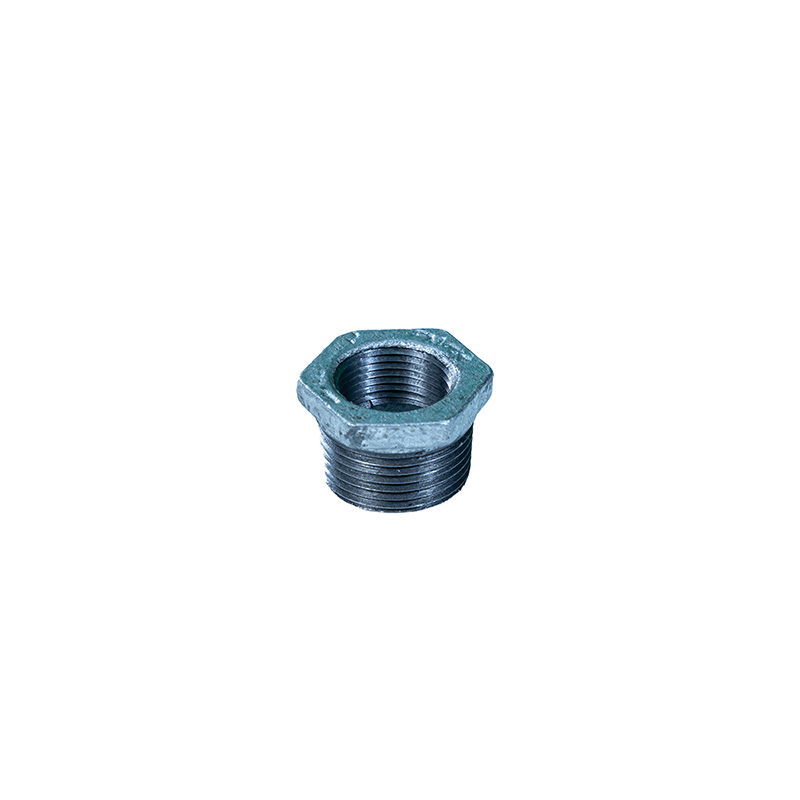
Advanced CNC machining ensures precise threading and perfect concentricity for leak-free connections.
Technical Specifications and Performance Parameters
Understanding the precise technical specifications is crucial for selecting the correct hexagonal bushing for any application. These parameters dictate compatibility, performance, and long-term safety.
Typical Stainless Steel Hexagon Reducing Bush Specifications (NPT Thread)
Application Scenarios Across Diverse Industries
The versatility of the hexagon reducing bush makes it indispensable across a broad spectrum of industrial applications. Its primary function is to adapt pipe sizes, allowing for seamless integration of different components within a fluid or gas transfer system, enhancing flexibility in system design and maintenance.
- Petrochemical and Oil & Gas: In these demanding environments, fittings must withstand corrosive chemicals, extreme temperatures, and high pressures. Hexagon reducing bushes are extensively used in process piping, sampling lines, and instrumentation systems where precise flow control and material compatibility (e.g., SS316 for sour gas applications, Duplex for high chloride content) are crucial. They facilitate the reduction of main lines to branch lines, instrument connections, or gauge installations.
- Chemical Processing: Handling aggressive chemicals requires fittings made from highly resistant materials. Stainless steel bushes are widely utilized in reactors, mixing tanks, heat exchangers, and transfer lines to ensure containment, prevent contamination, and maintain system integrity. Their robust design guarantees long service life, even with exposure to strong acids, alkalis, and solvents.
- Water Supply & Drainage and Wastewater Treatment: From municipal water treatment plants to industrial wastewater facilities, these fittings help manage flow rates and connect different diameter pipes. They are critical in pump stations, filtration units, distribution networks, and effluent lines, often made from brass, galvanized steel, or stainless steel for optimal corrosion resistance against treated water and environmental factors.
- Pharmaceutical and Biotechnology: Sterility, purity, and trace element control are paramount. Stainless steel reducing bushes, often with electropolished surfaces and stringent material traceability, are used in cleanroom applications, bioreactors, purified water (PW) and water for injection (WFI) distribution systems where preventing bacterial growth and ensuring product integrity is non-negotiable.
- Power Generation: In both conventional thermal, nuclear, and renewable energy plants, these fittings are found in cooling water systems, lubrication systems, fuel lines, steam lines, and balance-of-plant auxiliary systems. Reliability under continuous operation, varying thermal loads, and pressure fluctuations is essential for efficient and safe energy production.
- HVAC Systems: Used extensively in commercial and industrial heating, ventilation, and air conditioning systems for connecting different pipe sizes within fluid circuits, particularly in chiller lines, hot water loops, and condensate drainage systems, contributing to efficient energy transfer and system adaptability.
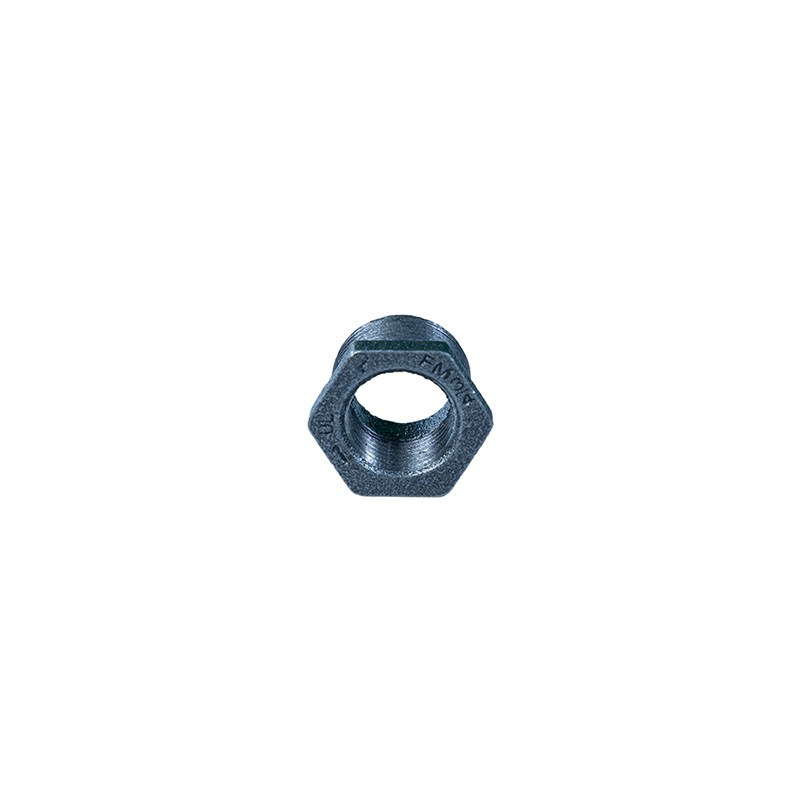
Ensuring robust and adaptable connections in complex industrial setups for optimized performance.
Technical Advantages and Performance Benefits
The strategic integration of high-quality hexagon reducing bush fittings offers significant technical and operational advantages that directly impact efficiency, safety, and cost-effectiveness in industrial applications:
- Superior Corrosion Resistance: When manufactured from advanced materials like SS316 or specialized alloys, these bushes offer exceptional resistance to a wide range of corrosive media, including acids, alkalis, chlorides, and saline solutions. This dramatically extends the service life in harsh environments, minimizing the frequency and cost of replacements, and preventing system contamination.
- High-Pressure and Temperature Capability: Engineered for robustness and designed with optimal wall thickness, quality fittings can reliably operate under very high system pressures (e.g., up to 2000 PSI standard, with forged options exceeding 6000 PSI) and extreme temperatures (from cryogenic lows to high-temperature steam applications), ensuring system integrity and safety in critical processes.
- Enhanced Flow Dynamics and Energy Saving: By facilitating smooth and precise transitions between pipe diameters, these fittings minimize turbulence, cavitation, and pressure drops across the connection point. This contributes to more efficient fluid transfer, reducing the energy required for pumping and potentially leading to significant operational cost savings over time.
- Ease of Installation and Maintenance: The prominent hexagonal body design allows for quick, secure, and straightforward tightening using standard wrenches, simplifying installation and reducing labor time. Standardized threading (NPT, BSPT, etc.) ensures broad compatibility and interchangeability, making system modifications or repairs more manageable.
- Longevity and Reliability: Adherence to rigorous international manufacturing standards (e.g., ISO 4144 for dimensions, ASTM for materials, ASME for pressure ratings) combined with multi-stage quality control and testing ensures a highly reliable component with an extended operational lifespan. This translates to reduced downtime, lower maintenance expenditure, and enhanced plant safety.
- Versatility and System Adaptability: Available in a vast array of sizes, materials, and thread combinations, these fittings offer unparalleled flexibility in system design and adaptation. They enable engineers to create optimal piping configurations, connect diverse equipment, and readily accommodate future system expansions or modifications.
These collective advantages underscore why selecting a high-quality hexagon reducing nipple or bush is a critical decision for any robust industrial fluid handling system.
Vendor Comparison: Key Differentiators in Industrial Fittings
Choosing the right supplier for industrial fittings like the hexagonal bushing is as crucial as selecting the fitting itself. Key differentiators extend beyond mere price points to encompass quality assurance, material traceability, technical expertise, and post-sales support, directly impacting project success and operational reliability.
A reputable vendor like Pannext Fittings, with decades of experience and a track record of serving major petrochemical, pharmaceutical, and water infrastructure clients globally, prioritizes consistent quality and customer satisfaction. Our commitment to international standards such as ISO 4144, ANSI B1.20.1, and BS 21 ensures broad compatibility and reliability, offering a significant return on investment through reduced operational risks, enhanced safety, and extended component life.
Customized Solutions for Unique Industrial Requirements
While a comprehensive catalog of standard hexagon reducing nipple and bush configurations meets a vast array of industrial needs, many specialized projects demand tailored solutions. Leading manufacturers recognize this necessity and offer extensive customization capabilities to address unique challenges and optimize system performance. This includes:
- Specialized Materials and Alloys: Beyond common stainless steel grades, customization extends to utilizing materials like Duplex (e.g., UNS S31803, S32750) for superior corrosion and strength, Super Duplex, Hastelloy, Monel, or Titanium for aggressive chemical environments, high temperatures, or specific metallurgical requirements.
- Non-Standard Sizes and Thread Combinations: Custom tooling and precision CNC programming can produce bushes with unique male and female thread combinations, unconventional size reductions (e.g., 2.5" to 0.75"), or non-standard thread types (e.g., Metric fine pitch, specialized hose threads) not typically found in standard catalogs, providing engineers with unparalleled flexibility.
- Specific Surface Finishes and Coatings: For applications requiring enhanced hygiene (pharmaceutical, food & beverage), minimal friction, or additional corrosion protection, requirements might include ultra-low Ra values (e.g., Ra
- Integrated Features and Design Modifications: Custom designs can incorporate additional functional features such as integrated sensor ports, specific wrench flats optimized for confined installation spaces, internal flow guides, specialized sealing arrangements (e.g., O-ring grooves), or modifications for welding rather than threading.
- Private Labeling and Specific Markings: For OEM clients or large projects, customization can also include private branding, specific part numbers, or unique serialization for enhanced inventory management and supply chain traceability.
Working with a manufacturer that possesses robust in-house design, engineering, and prototyping capabilities allows for precise problem-solving and ensures that bespoke fittings adhere to the same rigorous quality, performance, and certification standards as off-the-shelf products, minimizing project risks and accelerating deployment.
Application Case Studies: Proving Real-World Performance
Real-world application scenarios vividly demonstrate the critical role and reliable performance of high-quality industrial fittings. These case studies highlight how precision-engineered components contribute to significant operational improvements and cost savings.
Case Study 1: Offshore Oil Platform – Hydraulic Control Lines Upgrade
- Challenge: An offshore oil platform operating in the North Sea required a highly compact and corrosion-resistant solution to reduce hydraulic control lines from a 1" main distribution manifold to individual 1/2" supply lines feeding various critical valve actuators. The environment presented severe challenges including constant saltwater exposure, significant vibrations, and high operational pressures (averaging 3000 PSI, with spikes up to 4500 PSI). Previous standard carbon steel fittings showed rapid pitting corrosion and premature fatigue failure, leading to costly unscheduled downtime for replacement, environmental leakage risks, and safety concerns.
- Solution: Pannext Fittings supplied custom-manufactured SS316L hexagon reducing bush fittings. These were specifically engineered with optimized wall thicknesses for enhanced fatigue resistance and electropolished for superior surface passivity and corrosion protection against chloride-induced stress corrosion cracking. Each fitting underwent 100% hydrostatic testing at 1.5 times the maximum design pressure (6750 PSI) and rigorous independent salt spray testing (ASTM B117) simulating over 10 years of aggressive marine exposure.
- Outcome: The deployment of these specialized fittings significantly extended the Mean Time Between Failures (MTBF) for critical hydraulic connections by over 300%, reducing maintenance costs by an estimated 40% annually due to fewer replacements and less labor. Furthermore, the enhanced reliability contributed to increased operational uptime and zero reported leaks attributed to the fittings over a 5-year post-installation period, improving both safety and environmental compliance.
Case Study 2: Pharmaceutical Manufacturing Facility – Purified Water Distribution System
- Challenge: A leading pharmaceutical plant needed to upgrade its Purified Water (PW) and Water for Injection (WFI) distribution loops. The existing fittings, while made of SS316, possessed internal surfaces with average roughness (Ra ~1.6 µm), which encouraged biofilm formation and particulate accumulation. This compromised water purity, necessitated frequent and intensive Clean-in-Place (CIP) and Sterilize-in-Place (SIP) cycles, increasing operational costs and posing compliance risks for the sensitive production processes requiring high-purity water. The need was for a reliable hexagonal bushing for various instrument and sampling connections.
- Solution: We provided investment-cast SS316L reducing bushes with an ultra-smooth internal surface finish (Ra
- Outcome: The upgraded system with our high-purity fittings significantly reduced biofilm accumulation and particulate shedding. This led to a measured 25% decrease in CIP/SIP frequency, resulting in substantial savings in chemical consumption, energy usage for heating, and operational labor. The client successfully passed subsequent stringent FDA and European Medicines Agency (EMA) audits, citing the high-quality fittings and their contribution to maintaining stringent water purity standards and overall system validation.
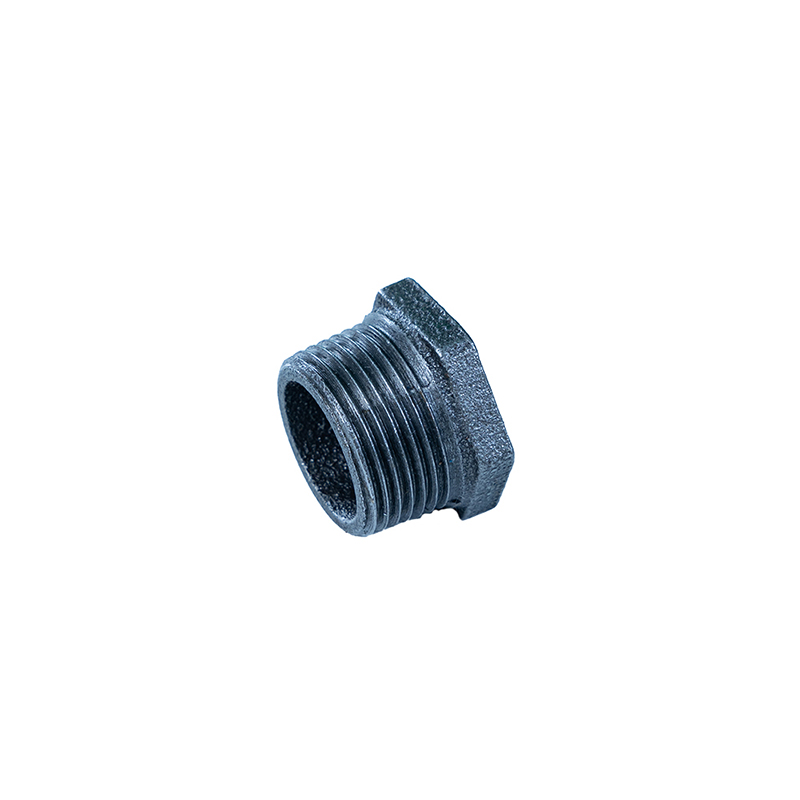
Quality fittings are the fundamental backbone of reliable and efficient fluid handling systems, regardless of industry complexity.
Frequently Asked Questions (FAQ) about Hexagon Reducing Bushes
- Q: What is the primary difference between a hexagon reducing bush and a hexagon reducing nipple?
- A: A hexagon reducing bush is designed with an external (male) thread on one end and a larger internal (female) thread on the other. Its purpose is to allow a smaller male-threaded pipe or fitting to be connected into a larger female-threaded port. Conversely, a hexagon reducing nipple typically features two external (male) threads of different sizes, allowing it to connect a larger female-threaded port to a smaller female-threaded pipe or fitting.
- Q: How do I ensure proper material compatibility for applications involving corrosive chemicals or extreme temperatures?
- A: For applications involving corrosive media or extreme temperatures, it is crucial to select fitting materials based on comprehensive chemical resistance data of the specific fluid and operating conditions. Stainless steel grades like SS316 or SS316L are common for general corrosion, but specialized alloys (e.g., Duplex, Hastelloy, Monel) might be required for highly aggressive media or very high temperatures. Always consult chemical compatibility charts, material performance data sheets, and verify with Material Test Reports (MTRs) provided by the manufacturer. Our technical team can assist in material selection based on your specific application parameters.
- Q: Are your industrial fittings compliant with relevant international standards?
- A: Yes, all our industrial fittings, including the hexagonal bushing product lines, are meticulously manufactured to comply with leading international standards. This includes ISO 4144 for overall dimensions of stainless steel fittings, ANSI B1.20.1 for NPT thread specifications, BS 21 / ISO 7/1 for BSPT thread specifications, and ASTM standards (e.g., ASTM A351 for investment cast stainless steel) for material specifications. Furthermore, our quality management system is certified to ISO 9001:2015, ensuring consistent quality and reliability across our product range.
- Q: What are the typical lead times for standard products versus custom-engineered solutions?
- A: For standard, commonly stocked items, lead times for dispatch are typically 3-5 business days, facilitated by our robust inventory management. For larger volume orders or non-stock standard sizes, production and fulfillment can range from 2-4 weeks. Customized solutions, due to the complexity of design, specialized material sourcing, and dedicated production scheduling, generally require a lead time of 6-12 weeks from confirmed design approval to final delivery. We provide transparent and precise lead time estimates at the quotation stage for every order.
Lead Time, Warranty, and Dedicated Customer Support
At Pannext Fittings, our commitment extends beyond manufacturing high-quality products to providing comprehensive support throughout the entire customer journey, fostering trust and long-term partnerships.
- Lead Time & Fulfillment: We understand the critical importance of timely delivery in industrial projects. We maintain a robust and strategically managed inventory for a wide range of common sizes of hexagon reducing bush and other essential fittings, allowing for rapid dispatch within 3-5 business days for standard stock orders. For bulk purchases or specialized standard sizes, our agile manufacturing processes, combined with strong supply chain partnerships, enable us to offer competitive lead times, typically ranging from 2-4 weeks. For custom-engineered solutions, detailed lead time estimates are provided post-design confirmation, generally between 6-12 weeks, with consistent communication on order status and estimated delivery dates.
- Warranty Commitments: All our industrial fittings, including the hexagon reducing bush, are backed by a standard 12-month warranty against manufacturing defects. This warranty is effective from the date of shipment and underscores our absolute confidence in the superior quality, robust design, and durable performance of our products, which are manufactured under stringent ISO 9001 quality management systems. Extended warranty options or specific project-based guarantees may be available upon request for larger or highly critical installations.
- Dedicated Customer Support: Our highly skilled team of technical experts and experienced customer service representatives is readily available to provide comprehensive assistance at every stage. This includes expert guidance on product selection, detailed technical inquiries, assistance with installation best practices, and responsive after-sales support. We offer multi-channel support via phone, email, and live chat, ensuring prompt, knowledgeable, and effective assistance. Our ultimate goal is to build enduring relationships by offering reliable solutions and continuous support to our valued clients globally, ensuring seamless integration and optimal performance of our fittings in your critical applications.
Authoritative References
- American Society of Mechanical Engineers (ASME). ASME B1.20.1-2013, Pipe Threads, General Purpose (Inch).
- International Organization for Standardization (ISO). ISO 4144:2003, Pipework — Stainless steel fittings threaded to ISO 7-1.
- American Society for Testing and Materials (ASTM). ASTM A351/A351M-20, Standard Specification for Castings, Austenitic and Austenitic-Ferritic (Duplex) Stainless Steel, for Pressure-Containing Parts.
- British Standards Institution (BSI). BS 21:1985, Specification for pipe threads for tubes and fittings where pressure-tight joints are made on the threads (metric dimensions).
- European Committee for Standardization (CEN). PED 2014/68/EU (Pressure Equipment Directive).
- National Association of Corrosion Engineers (NACE). NACE MR0175/ISO 15156, Petroleum and natural gas industries – Materials for use in H2S-containing environments in oil and gas production.
Post time: Ago-30-2025
This is the first article


